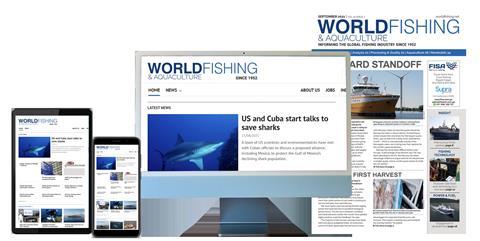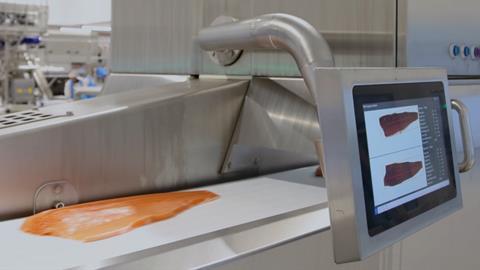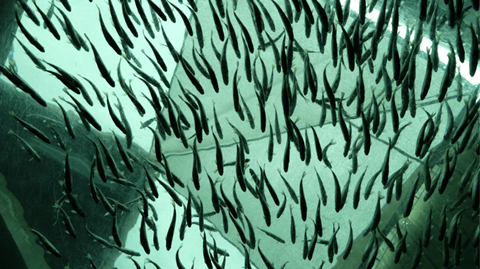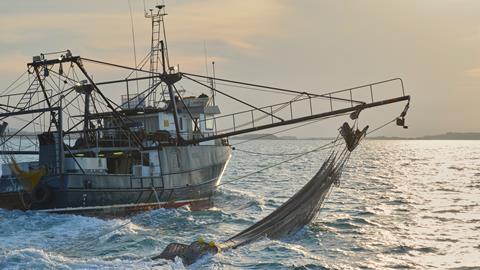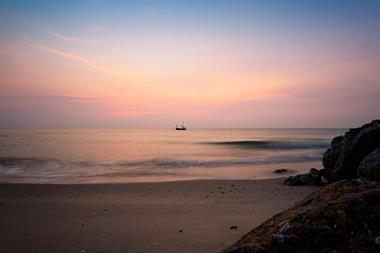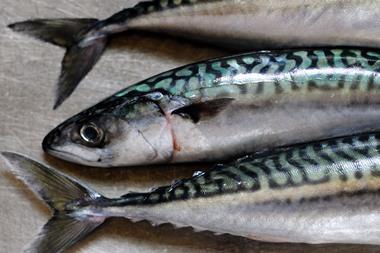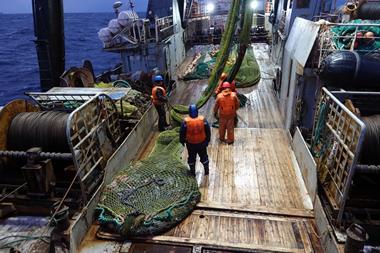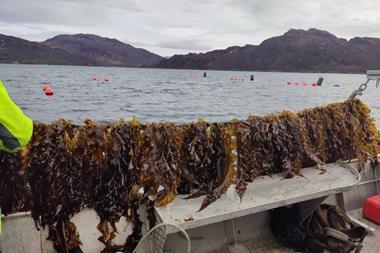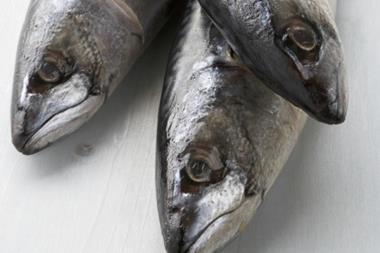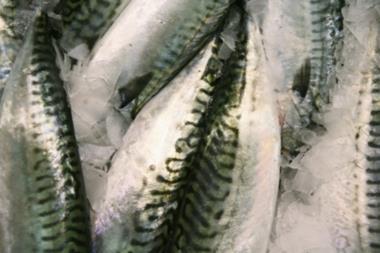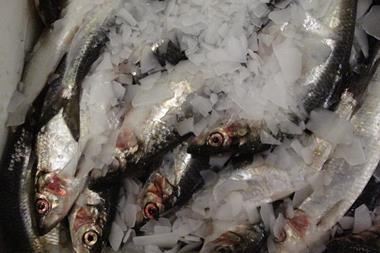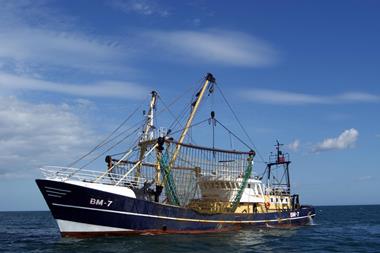A strong mackerel catch lifted the total volume of fish landed by Iceland’s fishing fleet in July 2025 by 10% or more than 7,700 tonnes year-on-year to 85,940 tonnes, according to preliminary figures for the month gathered by the country’s Directorate of Fisheries.
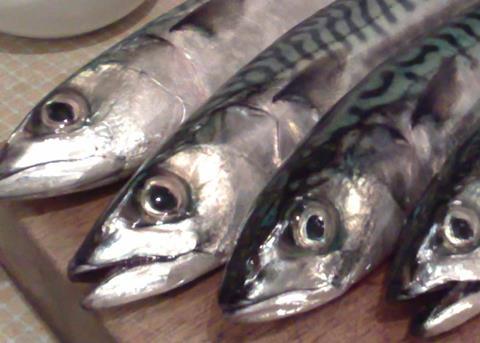
The mackerel volume increased 16% year-on-year to 53,417 tonnes – contributing to a pelagic total of 57,678 tonnes (also up 16%). This total also included 3,284 tonnes of herring and 977 tonnes of blue whiting. No capelin landings were recorded.
Demersal landings decreased by 1% compared with July 2024 to 25,688 tonnes, with cod and redfish catches both rising 1% and saithe up 24% to 11,624 tonnes, 3,587 tonnes and 2,671 tonnes, respectively. Haddock slipped 9% to 5,662 tonnes.
Meanwhile, Iceland’s flatfish volume fell 3% to 2,152 tonnes, and its shellfish catch dropped 8% to 423 tonnes.
The Directorate of Fisheries’ data also found the August 2024 to July 2025 catch totalled 980,082 tonnes, which was 7% less than in the previous 12-month period. It found decreases in the pelagic, flatfish and shellfish fisheries, which amounted to 526,590 tonnes (-14%), 22,372 tonnes (-2%) and 3,352 tonnes (-33%), respectively.
Iceland’s demersal catch for the period increased 2%, thanks largely to a 1% lift in the cod volume, which reached 223,288 tonnes, a 3% rise in haddock to 83,958 tonnes and 11% more redfish at 45,334 tonnes. The 12-month saithe catch totalled 37,137 tonnes – down 12% year-on-year.

